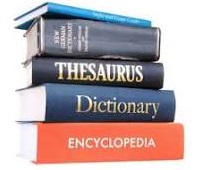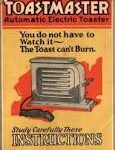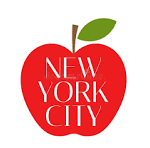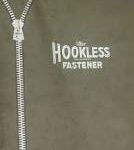
Book readers and moviegoers are never hesitant to point out typos, misspellings, and (eek!) if the stepsister is called Sally in Chapter 1 and Eliza in Chapter 24.
They are even happier to catch anachronisms. Some are obvious, others are less so. Showing a character wearing a wristwatch in an Elizabethan era movie is a clear faux pas, but depicting electric chair executions in the Green Mile is less obvious except to the most dedicated history fanatic (the film takes place in 1935, but the chair wasn't used for Louisiana's executions until 1940).
For my Jazz Age historical mystery, I was thrilled to learn the pop-up toaster debuted in 1919, but really wanted to bury stolen diamonds in kitty litter. Scratch that, Edward Lowe, a World War II veteran who sold sand, sawdust, and clay to factories and machine shops, didn't invent cat litter until 1947.
Words are just as problematic. Writing historical mysteries means constantly checking the origin of words and phrases. I admit to having a shortcut to etymology.com on my home screen.
I'm happy that the Bronx cheer (aka blowing a raspberry) originated in the 1920s. According to "legend," the term first appeared in the Bridgeport Telegram, a Connecticut newspaper, in reference to a soccer match.
 John J. Fitz Gerald, a sportswriter for the New York Morning Tribune, first used the nickname "The Big Apple" in the 1920s. However, the term did not become synonymous with the city until the 1970s, so that doesn't fly for my book.
John J. Fitz Gerald, a sportswriter for the New York Morning Tribune, first used the nickname "The Big Apple" in the 1920s. However, the term did not become synonymous with the city until the 1970s, so that doesn't fly for my book.
Bromance (2004), staycation (2003), cougar used in the sense of an older woman seeking younger males (2002), and hater (1990s) are a definite no-no's in a 1920s mystery. Ditto for pig out, chill pill, ankle biter, fast food, chick lit, lipgloss, and bling.
In the good news column, many new words originated during the decade of the 1920s: T-shirt, fascism, flicks, robot, hitch-hike, sweatshirt, zipper, hit-and-run, id and ego, rocket ship and astronaut, junk mail, double-park, and motel.
Any guesses when "mystery" was first used to mean detective story?